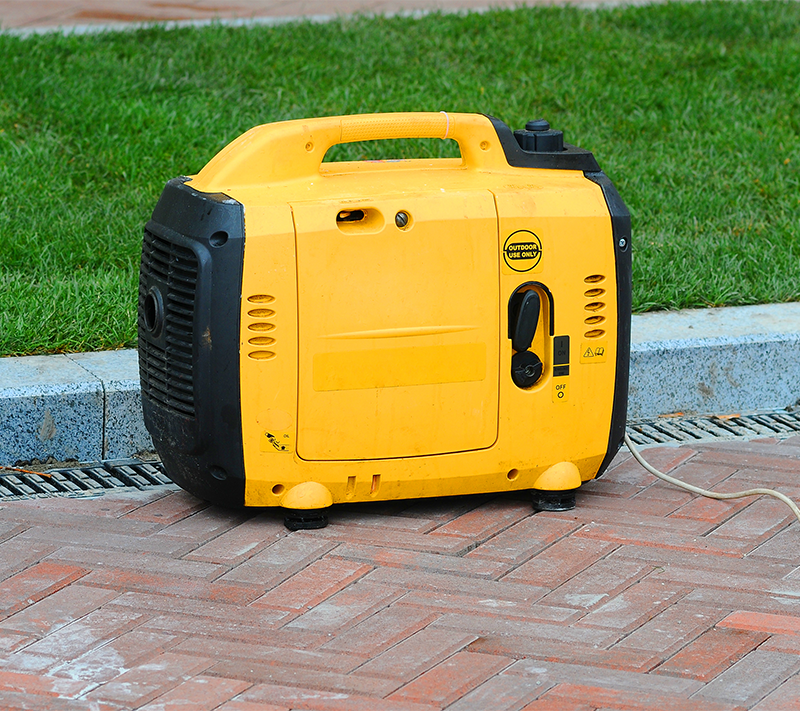Backup electric power
An electric generator can be a valuable addition to your preparedness plan in the event of a power outage. Because generators are not connected to the power grid, they can help keep lights on and appliances operating, as well as charge important electronic devices.
Learn more about portable generators or portable power stations for your home and learn how to safely use these sources of backup power generation.

Learn about equipment types and safety
- Equipment overview
- Safety tips
- Additional considerations
Steps to help select backup power
A portable electric generator or a portable power station can help provide electricity to the appliances, devices and systems that you need most in an emergency. But they can also be loud, costly and potentially pose safety hazards. If you decide that a portable generator is right for you, it is essential to learn how to safely operate the device prior to an emergency. Generators also require proper storage, access to fuel and regular safety checks.
Types of generators for home use
Portable power stations
Always follow all manufacturers' instructions and heed all warnings.
Portable generators
Because generators require the storage and combustion of a fuel source, special safety measures are necessary for responsible use:
- Always operate a generator outside at least 20 feet away from your home.
- Never smoke near a portable generator. Always avoid having open flames near your backup power system.
- Be sure to run your generator in a place where its exhaust can vent safely. Carbon monoxide poisoning can lead to death.
- Turn off a gas-powered generator at least 5 minutes before refueling to allow the system to cool and prevent risk of fire.
- To prevent overheating, use an extension cord that is the right size for your generator. The American Wire Gauge chart can be used to determine the appropriate cord.
- Avoid running an extension cord in a high-traffic area to minimize tripping hazards.
- Remember that a portable generator can turn off without notice, particularly if it is over-loaded.
- If installing a permanent standby generator, be sure to hire a licensed contractor or other qualified professional for installation.
More resources
Additional considerations
Energy source: Portable generators can run on natural gas, propane, gasoline and diesel fuel. In each case, there are emissions created when the generator is in use. Portable power stations can be charged with solar power (with the purchase of a concurrent system of solar panels) or from an electrical outlet (prior to a power outage).
Energy needs assessment:
- Would the generator be used to power an entire home, or just a few devices?
- What are the essential items that would require power?
- How much energy do each of these require?
Type of installation:
Does your backup power source need to be portable? Permanent standby generators can provide immediate power but require professional installation and are often subject to building code requirements.
Regardless of the type of generator being used, it is critical to consult the owner’s manual for all safety requirements and instructions.